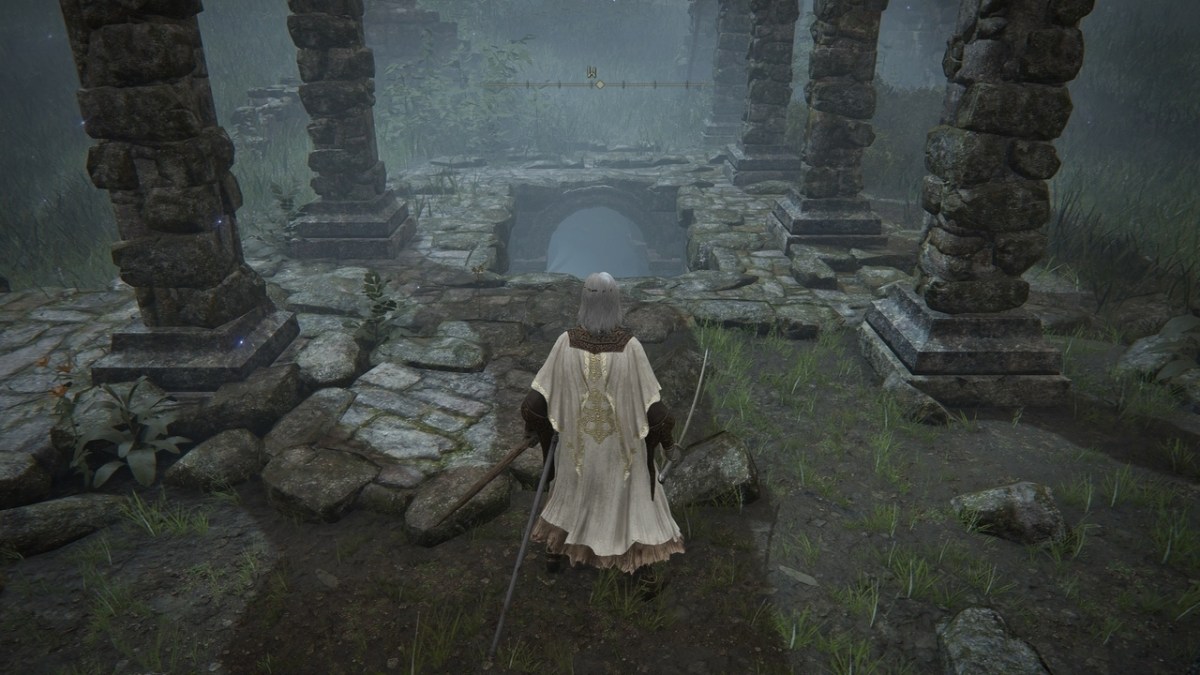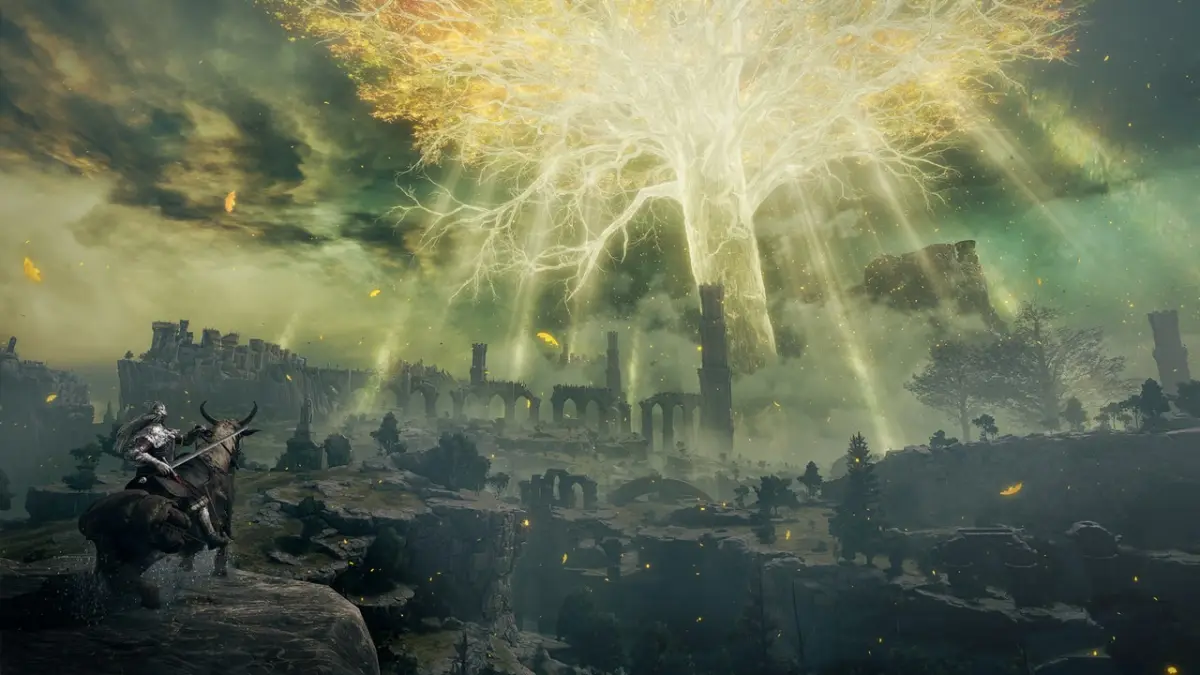XCOM: Chimera Squad shifts the focus from a global alien invasion to a self-contained city with its own unique districts. Each district expects Chimera Squad to keep them safe from the shadow organizations that inhabit City 31, but there are only so many hours in the day. You can’t please everyone in XCOM: Chimera Squad, so you’ll have to make the correct choices every day to lower unrest and keep the city from falling into Anarchy. Letting issues go ignored will build up unrest in each district, and high levels of unrest will lead to City Anarchy. Reaching a high enough level of Anarchy will lead to a game over, so it’s important to keep an eye on the various districts of City 31.
What is Unrest and How to Lower It
Unrest is a measurement of each district’s status. You can check each district’s level of Unrest on the city map at HQ. All nine districts start out happy, but ignoring a situation or mission in a district will increase Unrest by 1, with each district having a maximum of 5. Having a purple Investigation mission active in a district will also increase Unrest as long as it remains there, so make sure to do whatever you can to minimize the number of days required to reach your next Investigation mission. Every day a district remains at 5 Unrest, City Anarchy will increase by 1. Districts that reach the Unrest cap will create a red emergency mission that Chimera Squad can take on in order to quell the Unrest there.
Unrest can be decreased in a given district by completing certain missions. Next to the rewards of a mission or situation, look for the flame icon. If you see it, that mission will reduce Unrest in that district. Certain field teams will also reduce Unrest in a district every week, and field team abilities can reduce Unrest in the district of your choosing provided the ability is not on cooldown. Unrest is unavoidable, and managing it effectively is crucial to succeeding in XCOM: Chimera Squad.
What is City Anarchy and How to Lower It
Anarchy is the more dangerous version of Unrest. If a district remains at maximum Unrest without Chimera Squad coming to help, City Anarchy will increase by 1. Later in the campaign, the penalty for leaving a district at maximum Unrest becomes even more severe, increasing City Anarchy by 2 or 3. If City Anarchy bar fills up entirely, it’s game over and the campaign ends. You’ll have to reload a save or start over from the very beginning. City Anarchy is not as easy to reduce as Unrest, so you’ll have to be very careful and keep it as low as possible. The only ways to reduce City Anarchy are to completely finish an Investigation and take down one of the three main factions or to use the Major Crimes Task Force field team ability.










Published: Apr 24, 2020 05:01 am